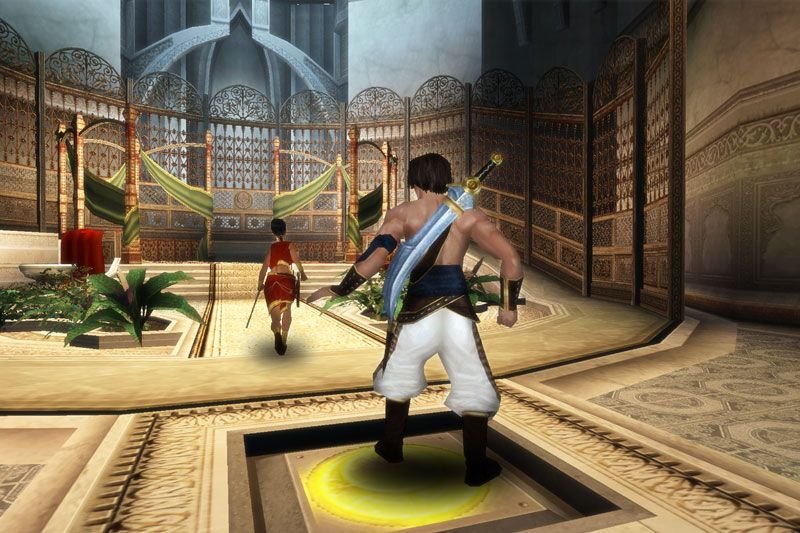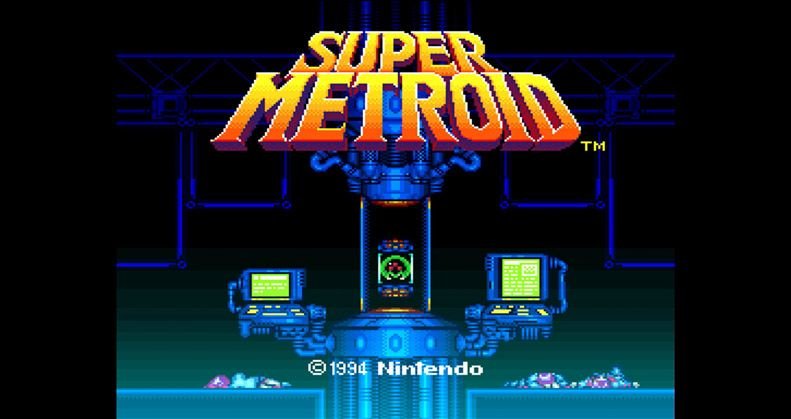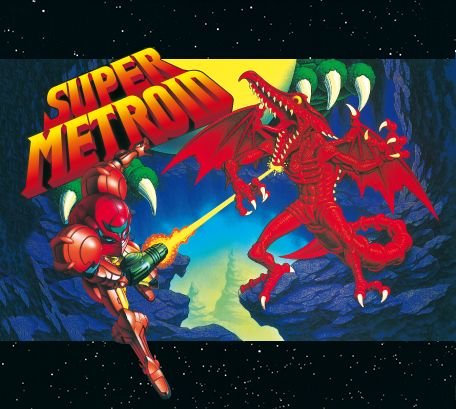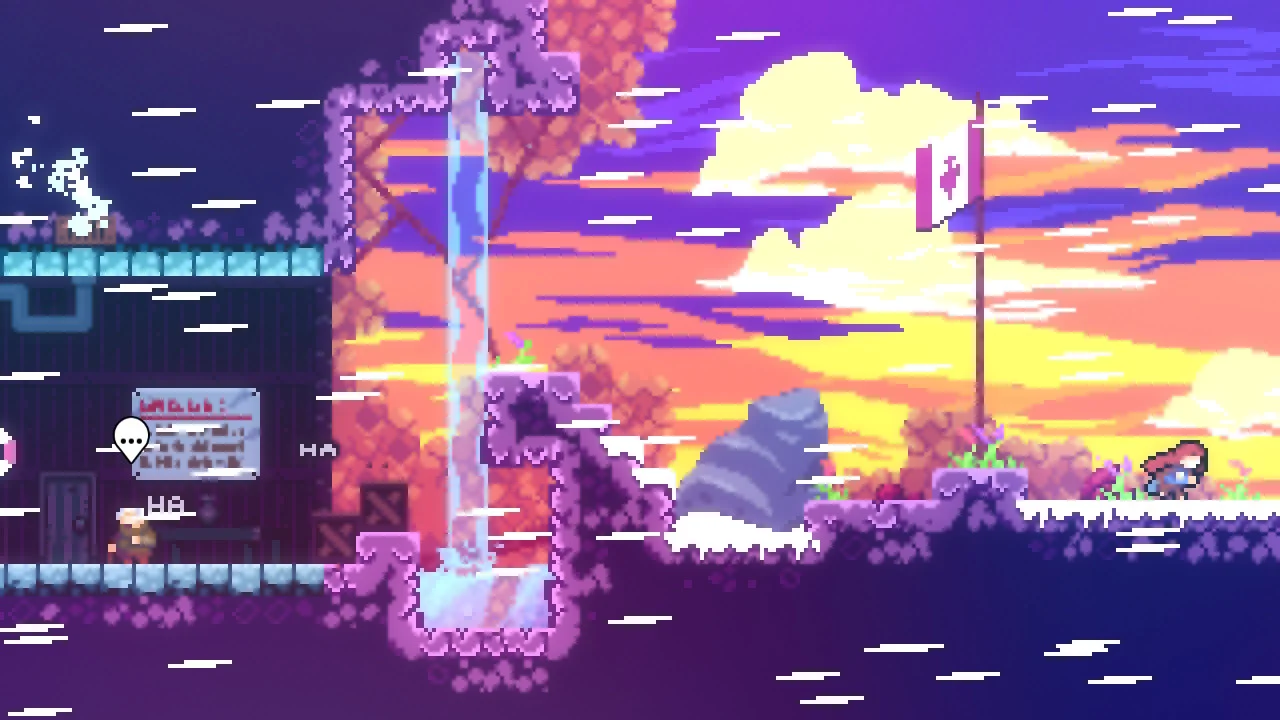The Greatest Stories in Video Games
The TV adaptation of The Last of Us is out and it’s actually quite good. That probably shouldn’t be too surprising though, since it was made by HBO and the folks who made the Chernobyl series in 2019, with presumably a substantial budget. Plus, as a game The Last of Us was already quite cinematic and extremely story heavy, with great care taken to capture their actors’ performances for animating in-engine. So making a transition from gameplay to screenplay seems a lot more straightforward in this case than your typical video game title.
Along with the success of The Last of Us on HBO has come much discussion of video game adaptations—with its few successes and many failures—and some bizarre claims for this particular game being a kind of sacred text for interactive media. Craig Mazin, showrunner for the HBO series, actually went so far as to call The Last of Us “the greatest story that has ever been told in video games”. Despite that quip being the textbook definition of marketing hype, it has been parroted all over the internet at this point, and not always in an appropriately mocking tone.
It seems that plenty of people might agree with the notion that The Last of Us is “the greatest story” ever told in video games, especially after its transition to TV has worked out so well. But not only is this claim purely subjective and inherently silly, it’s also flatout wrong. Speaking as someone who really loved both The Last of Us and The Last of Us: Part II, they’re great, but they aren’t the greatest stories told in video games.
Read the full article here: Interior Design Inspired by The Last of Us Characters: Which Style Fits Who? | Rent. is a subsidiary of Redfin.com
First, to state the obvious, Mazin’s comment about The Last of Us was an evaluation of the game’s storytelling specifically. He didn’t say that it had the best gameplay, necessarily, just that it was “the greatest story” ever told in video games. (lol, this still makes me chuckle.) So he’s not even saying that it’s a good game per se, just that the story is amazing. The acting and scene direction are also top-notch, which I’d say does a lot of the heavy lifting in making the story land so well.
While his “greatest story” comment could be read as high praise, it actually ignores the interactive aspect of video games altogether. Interactivity is video games’ single most important attribute, and it’s something which cannot be replicated by cinema. Adapting a video game to film usually flounders when the actual game part is removed and there’s just the story left to watch. Plus, as John Carmack—lead programmer for id Software who created landmark titles like Doom and Quake and Wolfenstein—famously said, “Story in a game is like a story in a porn movie. It's expected to be there, but it's not that important.”
Perhaps what Craig Mazin really meant was that The Last of Us is the most cinematic video game story ever told—or even better—the video game story most readily adaptable into a screenplay for prestige TV. Yeah, that feels a lot more accurate.
Ok, so what video game stories can claim to be better than The Last of Us? Well, the first thing that springs to mind is Metal Gear Solid, released in 1998 for the PS1. That game was groundbreakingly cinematic and featured a tactical espionage plot at least as intricate as any spy thriller movie out there. The voicework was also amazingly well acted, leagues better than anything heard in console gaming up to that point. If plot is your main criteria for “greatest story” then it’s rather hard to top MGS. (Even its sequels couldn’t manage to do that.)
Aha, now I see Meryl’s codec number. Very clever…
Metal Gear Solid also did a few truly novel things with the video game format. The most memorable is when Psycho Mantis—the gasmask sporting telepathic/telekinetic boss you encounter midway through the game—says he will read your mind, and then proceeds to comment on every single Konami game you have a save file for on your memory card. That’s f#$%ing genius! There’s also the point where Snake is in pain and Dr. Naomi Hunter tells you to hold the controller against your arm and the rumble vibrates, the game doing its best facsimile of a massage. Then, of course, there’s the fourth wall-breaking moment in which you’re looking for Meryl’s radio frequency, some character says that it’s on the back of the CD case, but you haven’t seen any CD case item in the game. As it turns out, the number you are looking for is pictured in a screenshot on the back of the game’s CD jewel case. Diabolical stuff.
A near perfect video game story, in my opinion, is the Prince of Persia: The Sands of Time. Ironically, this was one game which was adapted into a movie back in 2010—by Jerry Bruckheimer and Disney, no less—but as per usual, its immense potential resulted in an entirely forgettable film. That failure was mostly due to the screenwriters creating an original story instead of faithfully sticking to the plot of this particular game. But another part of it was that so many elements which made the video game an instant classic were unfortunately lost in translation.
The story and gameplay of The Sands of Time greatly revolved around time travel and the manipulation of time more broadly. If the Prince makes a mistake in the game—even a fatal mistake, like falling to one’s death—he can often use this magical dagger to rewind time by a few seconds and get a second chance to try again. It’s a cool and extremely useful game mechanic, something the play is certain to utilize over and over again. So it's a masterful stroke of narrative magic when they use it in the game’s story as well.
INCOMING SPOILERS for Prince of Persia: The Sands of Time (2004)
Over the course of the game, our titular Prince of Persia teams up with Farah, the daughter of the Indian Maharajah which the Prince’s father’s forces just conquered. The two are unlikely allies, but basically they are the only two people who don’t get turned into monsters by the Sands of Time after the magical sediment released. Through their trials and tribulations, the pair reluctantly fall for each other, and the Prince ruminates about how, once all of this is over, they will get married. By the end of the tale, the Prince is able to go back in time to before his father’s invasion has begun. So he sneaks in to warn Farah of what is coming and that her father's Vizier (the ultimate bad guy of the story) plans to betray them. After one last showdown with the Vizier, the day is won by our hero and disaster is averted.
The perfect moment comes when the Prince, victorious and proud, kisses Farah. She rebuffs him, of course, utterly offended by his romantic advance. See, while the Prince remembers this whole connection they had forged over several hours of gameplay, she doesn’t. By going back in time and preventing the Vizier’s plot from unfolding, he also prevented their relationship from ever happening. Oops, well that’s embarrassing!
Without missing a beat, the Prince uses the dagger to rewind time a few seconds, to the moment just before kissing Farah, undoing his faux pas. It’s funny, it’s tragic, it’s the poetic synthesis of gameplay and storytelling. Sheer perfection.
Another really great video game story, and one that nobody’s ever talking about is Tenchu 2: Birth of the Stealth Assassins. A prequel to the first Tenchu game, Birth of the Stealth Assassins tells the story of a younger Rikimaru and Ayame, both near the completion of their Azuma ninja training under their badass senpai, Tatsumaru. The game’s plot involves a revolutionary ninja group called Burning Dawn rising up to try and seize political control of the territory, led by Lady Kagame; a scantily clad ninja warrior and influential political terrorist. But the heart of the story is really more focused on character dynamics, particularly Rikimaru and Ayame’s relationship with Tatsumaru.
Midway through the game, Tatsumaru falls in battle and is presumed dead. However, he resurfaces sometime later, now allied with Burning Dawn and going by the name “Seiryu” (the Blue Dragon). Why Tatsumaru would betray the Azuma and join Burning Dawn is the game’s great mystery and—at least in my opinion—the biggest reason to play all the way through its three campaigns.
Rikimaru, Ayame, and (eventually) Tatsumaru are playable, and each character’s journey gives you more insight into the overall story. While it’s not exactly Rashomon-level brilliant, the way Tenchu 2’s narrative slowly unfolds over three playthroughs is honestly compelling. I found myself getting genuinely invested in these characters, which is quite the feat considering the broader plot isn’t actually very deep. The game is a fine origin story for Tenchu’s dual protagonists, but more importantly, it’s a fantastic character arc for Tatsumaru. And in true video game fashion, it’s a story that requires three separate playthroughs to fully appreciate.
Speaking of video game stories that are lightweight but super effective, we can’t forget about Super Metroid. After an opening cinematic that recaps the first two Metroid games and sets up our new adventure, Super Metroid doesn't really use any text to tell its story. There’s no more dialogue, no text to recover and read, nothing. It’s really just environmental storytelling from that point on. And yet, somehow, the story of Samus Aran exploring the planet Zebes in search of the last surviving metroid—a race of parasitic alien jellyfish-looking creatures—is surprisingly resonant.
You see, the last metroid was just a baby when Samus encountered it, and it imprinted on the galactic bounty hunter, seeing Samus as its mother. This is particularly ironic because Samus was the person responsible for essentially eradicated its species. But when that metroid is abducted by space pirates, likely to be used as a bioweapon, Samus is called into action and our adventure begins.
INCOMING SPOILERS for Super Metroid (1994)
The most memorable moment of Super Metroid comes at the climactic conclusion, in the final battle with Mother Brain. Just when it was looking like Mother Brain was going to overwhelm Samus, the last metroid appears to protect her. It drains energy from Mother Brain—as metroids are wont to do—and then feeds that energy into Samus’s powersuit. Mother Brain then starts blasting at the metroid, which takes the damage to shield its mommy Samus, until it finally is too much, and the metroid dies. The energy gifted to Samus gives her the all-powerful Hyper Beam though, and she uses it to destroy Mother Brain once and for all.
Now, this will probably sound super weird, but the last metroid sacrificing itself to protect its “mother” is genuinely moving. It’s one of the most poignant moments in video games I can think of, at least from the 16-bit era. And again, the metroid is a truly alien-looking creature too—a transparent jellyfish with fangs and a globby nucleus visible at its center—this ain't no puppy or anything. But yeah, that surprising turn at the end really sticks with you. To make one empathize with something so distinctly inhuman, that’s just an incredible work of art.
To return to the interactive element of video games, that’s something which simply cannot be replicated in film; it just isn’t possible. And if you ask me, the real magic is found when a video game’s story is tied to game mechanics, and vice versa. A game narrative reinforced by the actions of play creates a truly impactful experience, while a game narrative incongruous with the actions of play is jarring. If we are looking for the “greatest story” in video games there had better be synergy between the narrative and the gameplay.
With that in mind, might I suggest that video games’ greatest story is actually Celeste.
Ostensibly just a game about climbing a mountain, Celeste is a precision platformer that tells the story of a young woman named Madeline. Dealing with intense anxiety, and seemingly running from relationship difficulties, Madeline comes to the remote mountain in British Columbia to find herself. She’s dead set on climbing the mountain, surmounting this immense obstacle, as a way to prove to herself that she can do it; that she is worthy. But climbing the mountain is hard—crushing difficult, in fact—and it’s not fully clear if Madeline can survive it.
Much like the narrative, the gameplay of climbing Mt. Celeste feels similarly difficult. At each stage of the journey the player is faced with seemingly insurmountable obstacles, platforming challenges that look outright impossible. The game is actually so difficult that it takes genuine grit to persevere and make it through to the end. I’m sure that lots of players have simply given up. (Although I hope folks would turn to the assist mode before completely calling it quits.)
In Celeste, the gameplay is the perfect metaphor for the story. Or perhaps the story is the perfect metaphor for the gameplay? Either way, narrative and gameplay are synchronous, reinforcing the impact of the experience overall. And that, my friends, is why it is the actual “greatest story” ever told in video games.














